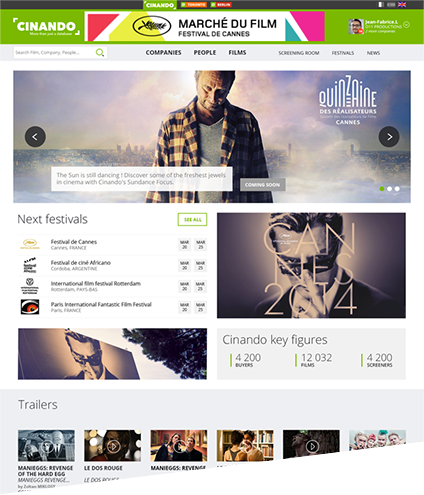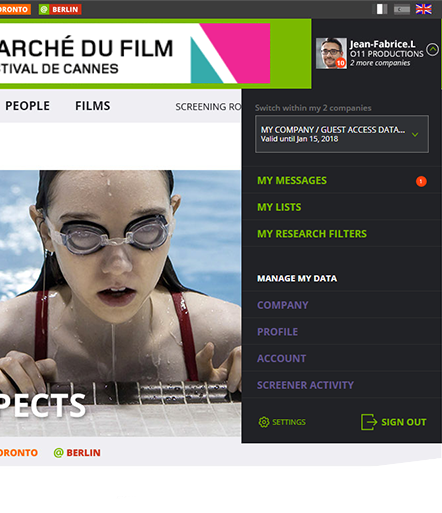SIXPACKFILM - as SALES World / DISTR
First film - Completed 2017
Despite having lost everything, the Yazidi women Hedil and Naam are struggling for a humane life for their families. In the Yazidi massacre by the terrorist organisation "Islamic State" they were forced to leave their homeland and have finally found protection in a refugee camp. Their situation seems hopeless, stuck between the dictatorship of ISIS and their dream destination: Europe. What the wind took away is a deeply poetic approach to the very personal stories of these Yazidi women and a lyrical journey through their everyday lives in the refugee camp. (production notes)













